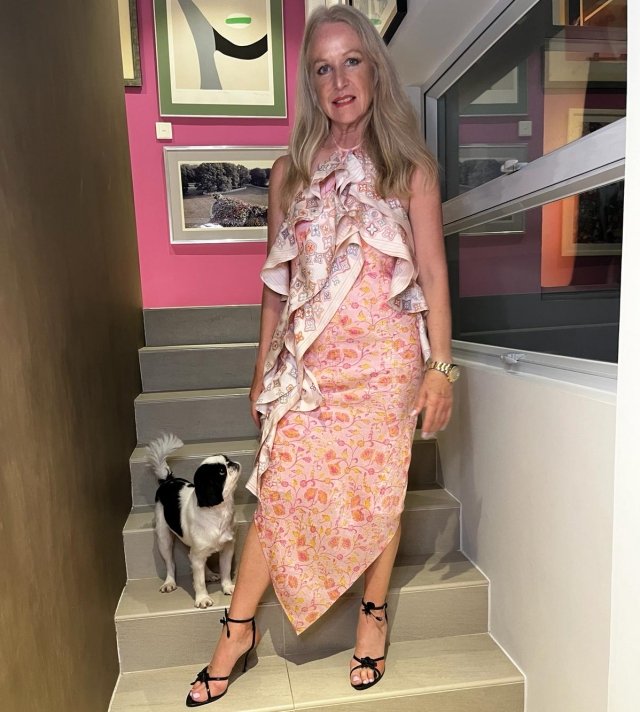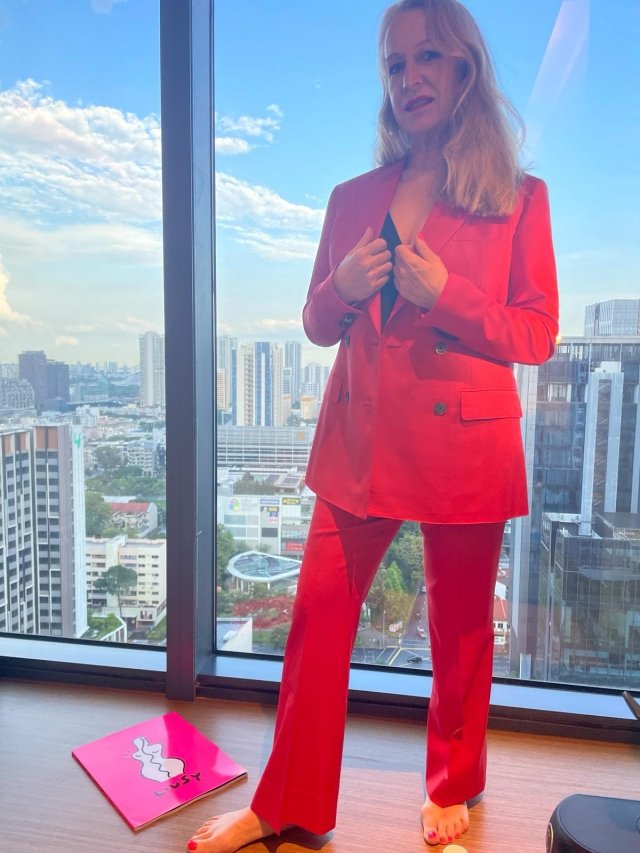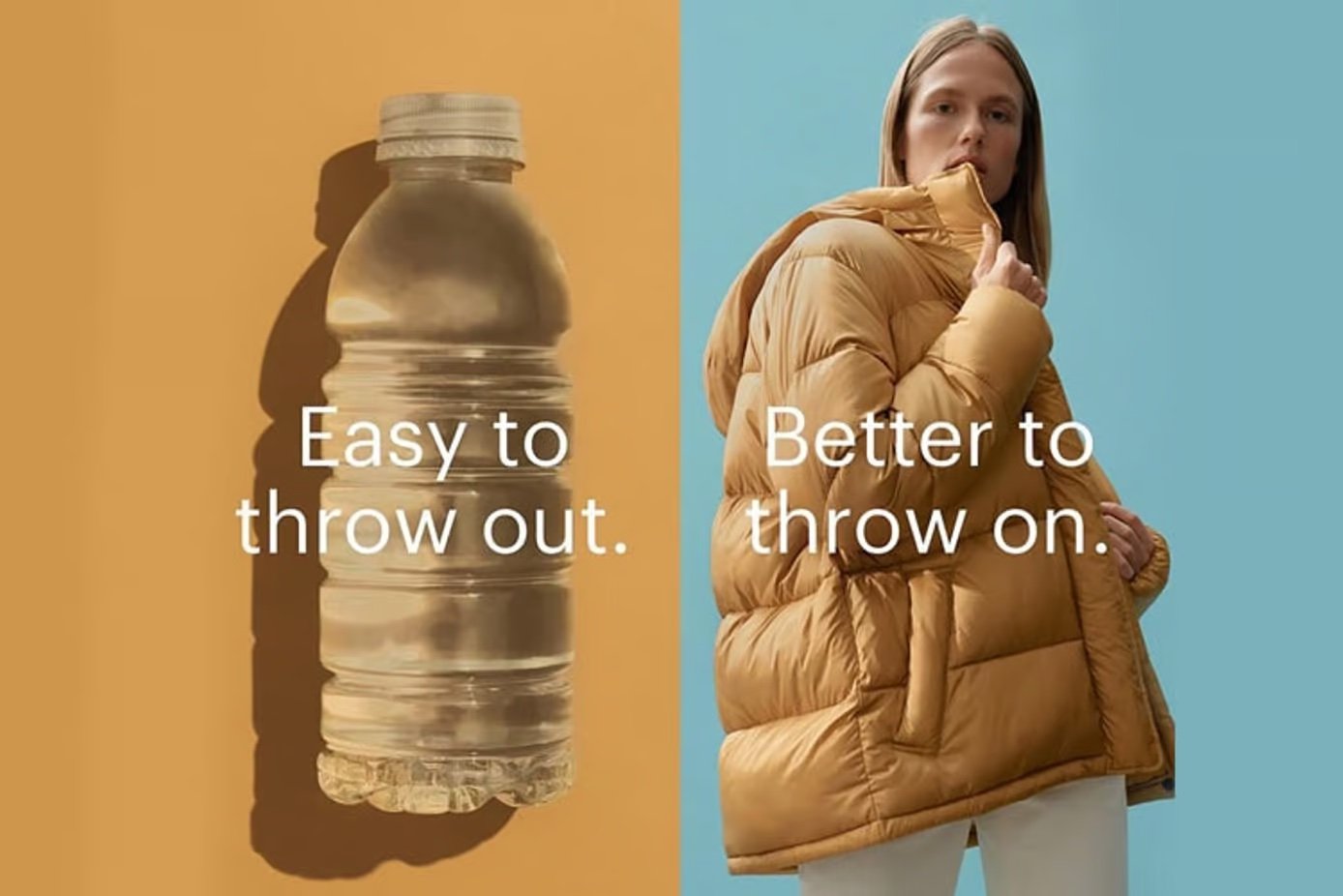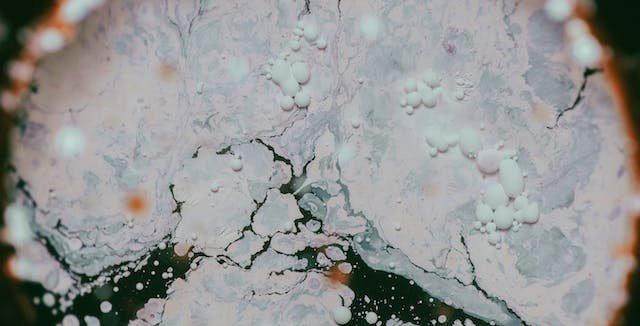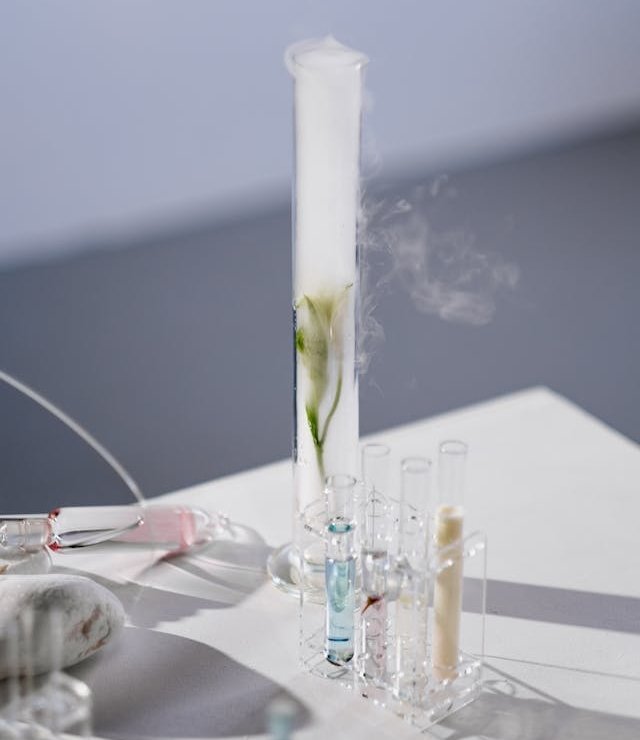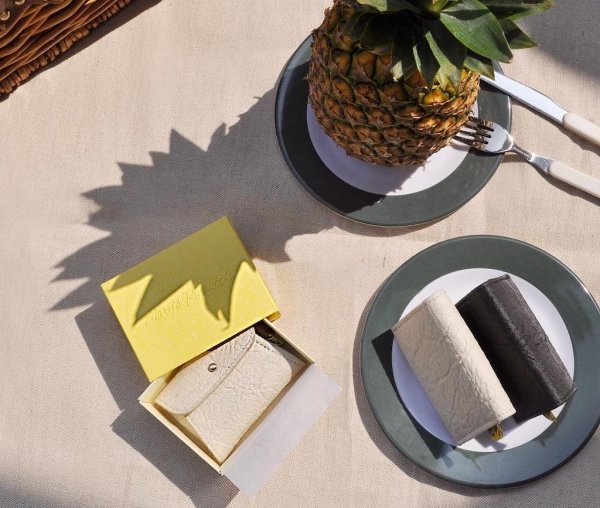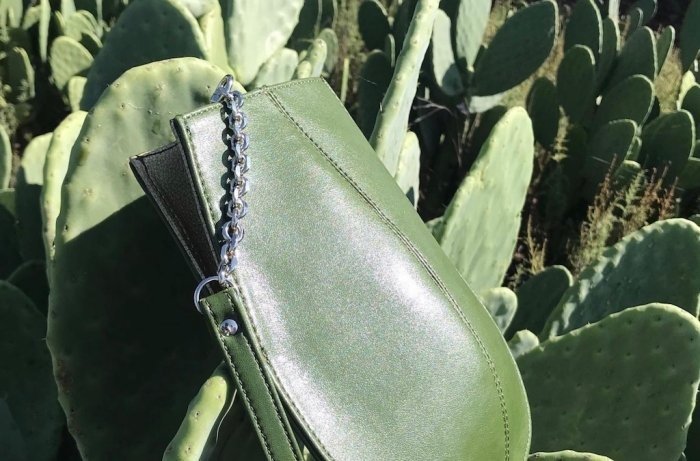I have loved fashion my entire life (yes, even from when I was a small girl). Well, I certainly loved clothes and the art of dressing from a very young age
As a lover of fashion, I have gone through many phases. There have been years that have brought so much joy and creativity, so much fun, newness and excitement. For me personally, my love of fashion is due to the creativity, the artistry and the introduction of new feelings and emotions through clothing. How, one day, you can experience yourself in a whole new way and have a whole new feeling about yourself and who you are, to have an adventure in life purely through what you’re wearing. This has always been something that truly entrances me about fashion.
Timeless
Yet, there are other times when I have become jaded—when I find fashion quite tedious. There is so much gloom and doom about its impact on the planet with the tremendous rise of super cheap and environmentally impactful fast fashion. There are even days when I question why I’m in this industry and why I haven’t found something else to engage myself with. There have been times when I’ve actually looked to find an alternative expression for myself through art, interiors or other types of business.
Yet, I’m still here, and recently, I’m excited to share with you that I have a whole new sense of excitement, inspiration and fulfilment around fashion, particularly my own wardrobe. Would you like to learn more about that? I’m sure you would, so let’s read on.
In the past few years, I have been honing my sense of sartorial excellence and individuality. As someone in fashion, I have spent many years following trends (to some extent, at least), and now I see how much we are intrinsically affected by surrounding trends. I do believe it’s very hard to escape trends; they are just on the periphery of our everyday lives.
Nevertheless, I have developed my own sense of individuality in style and this is what is exciting, inspiring and fulfilling and something you may want to take on for yourself. Now, my wardrobe is divided into a few categories:
VINTAGE AND MY OLD CLOTHES: I am fortunate enough to have some 20 or even 20+-year-old Tom Ford Gucci, Prada, Miu Miu, and Marni that I still wear. These are my old clothes, and I wear them because they really are the type of items I chose back then and still love now. As with vintage - I’m not a big vintage shopper or even a secondhand shopper. Clearly, I need to break through and overcome any barriers I have towards wearing other people's old clothes. Nevertheless, I have invested in a few iconic and timeless pieces, and they are items I know I can resell in the future because of their brand status. If this is something you’re interested in, you can research it and find which items you could invest in for yourself and the future.
Tom Ford Gucci
UPCYCLED: For the clothing items I have absolutely loved but know I will never wear again, I have upcycled them. This includes my wedding dress and other items around my wedding, and generally, things that I probably wouldn’t wear in that form due to their style and details, but I still love them, the fabric, the essence. As you’ve seen on my social media, I have quite a beautiful collection of upcycled items, which I love.
Upcycled
TAILOR-MADE AND DESIGNER BOUGHT: I know my style and love tailoring and statement dressing. So, for my tailoring, I have historically bought many different brands of tailoring, but now I tend to buy from a tailor. I tend to have my items custom-made and handmade. Fortunately, in Hong Kong, we can do that at a very affordable price, and this is something I strongly recommend. Tailoring is timeless. A three-piece suit can be worn in many different ways, and if you extend this to adding a skirt or shorts, the iterations are infinite. These are also key pieces I am buying from designers I love. This includes Sharon Wauchob. These are items I will wear forever, so I buy directly from designers who I want to support and wear their pieces. My relationship with Sharon has been very long, and I have become fortunate enough to get to know her and buy from her directly, which is extraordinary.
Tailored
ICONIC DESIGN ITEMS: The next area is key pieces from timeless brands. I’ve previously talked about F.R.S. (For Restless Sleepers) and “Missoni”. These pieces are fundamentally resort wear that I can wear for years. This leaves me with a few essential items that I may buy new from some brands that I absolutely love. Recently - The Row. I haven’t purchased any clothing from The Row yet, but I bought a pair of loafers. Why do I love these brands? It is their commitment to quality that is extraordinary. When you buy these pieces, they are not just fashionable. These are investment-worthy, vintage-worthy and timeless.
Investment Vintage
In summary, maybe nothing has changed in fashion, but what has changed is my approach to it. Moving away from the brands I don’t feel I resonate with, away from trends and being present with what is important for me over the long term, not just feeling good and looking good. How about you? What will make the difference for you? I would love to know.
As always, live life, have fun and enjoy fashion.
Kate xx



